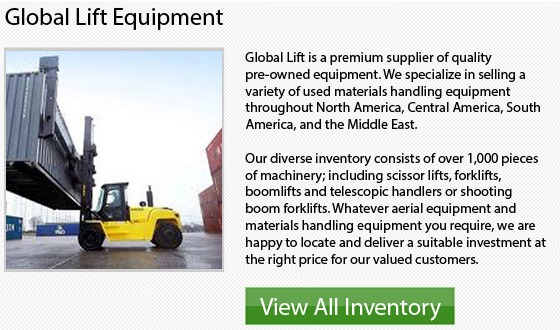
For lift trucks these days, there are many attachment options offered. Nearly all attachments are made to be used on typical forklifts and are made to be used on VNA and reach trucks. It is vital to note that OSHA requires approval for any attachment that must be approved for use by the particular manufacturer of lift truck.
The most vital common attachment is the sideshift and is considered to be standard device. The sideshift apparatus allow for more accurate load positioning as well as enables the fork carriage to slide right and left. The sideshift enables the operator to be more versatile with the machine.
Fork positioners are an attachment choice that allows the operator to adjust the forks' distance from the cab of the truck. This particular attachment is mainly used in high volume operations where there is a huge range of pallet and crate sizes handled.
Fork pivots makes it possible for the forks and carriage to rotate or pivot. These attachments could be specifically designed for dumping and transporting hoppers. These attachments are extremely useful for numerous industrial applications.
Slip sheet attachments are another attachment which are used where slip sheets that is a paperboard, or plastic or a sheet of cardboard that are utilized rather than pallets. The slip sheet attachments use a push and pull mechanism which clamps onto the slip sheet and pulls the cargo onto a thin platform. Afterwards, the load is pushed off the platform when the truck reaches the destination.
Drum attachments come in numerous sizes and shapes, with several models able to handle 55 gallon drums. There are some smaller versions of a paper roll clamps which go around the roll and also could rotate a full 360 degrees. There are other drum attachments that are able to pick up various drums all simultaneously.
One more option is tilt control, that enables the operator to preset the fork tilt angles. For extensions slide over the forks to help lift and move longer loads. The Carton clamp operates like a paper roll clamp except rather than being circular, the clamping surface is flat.